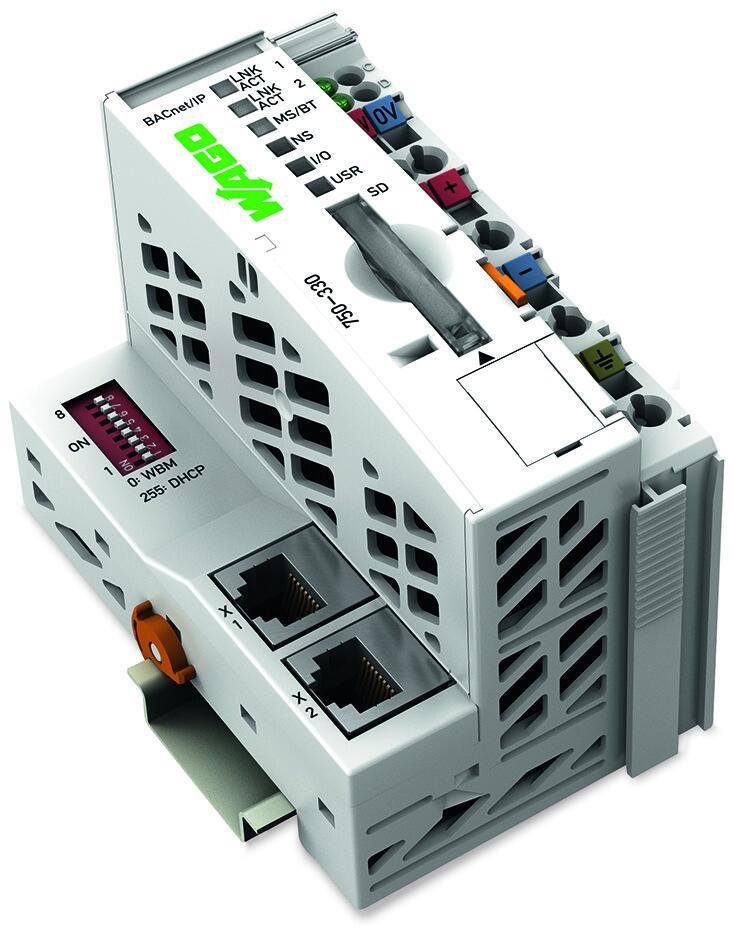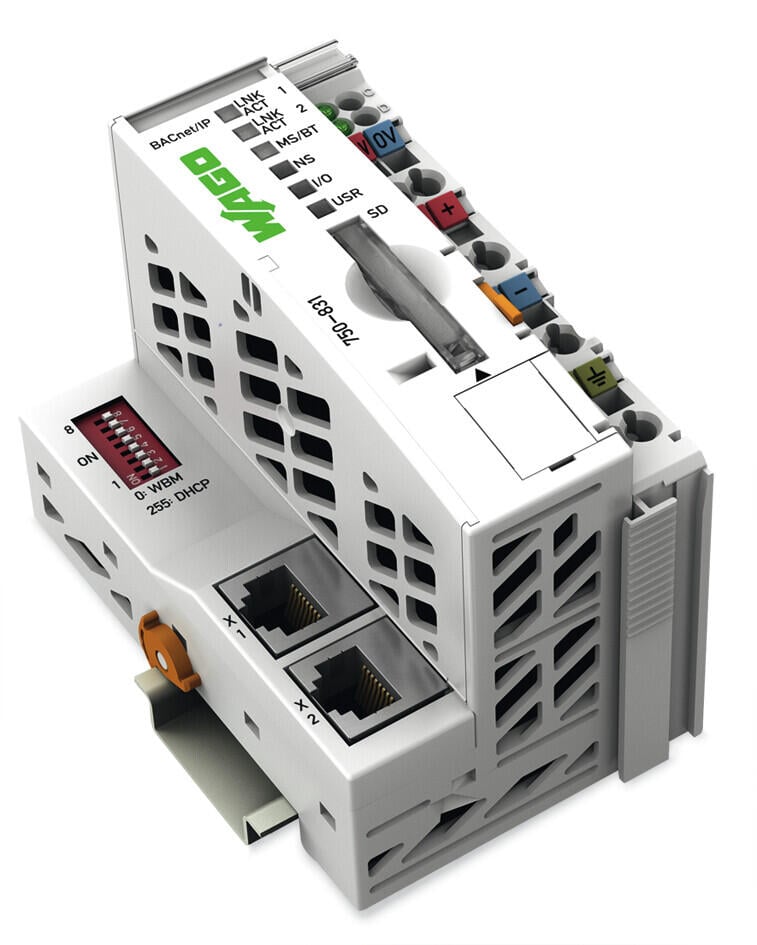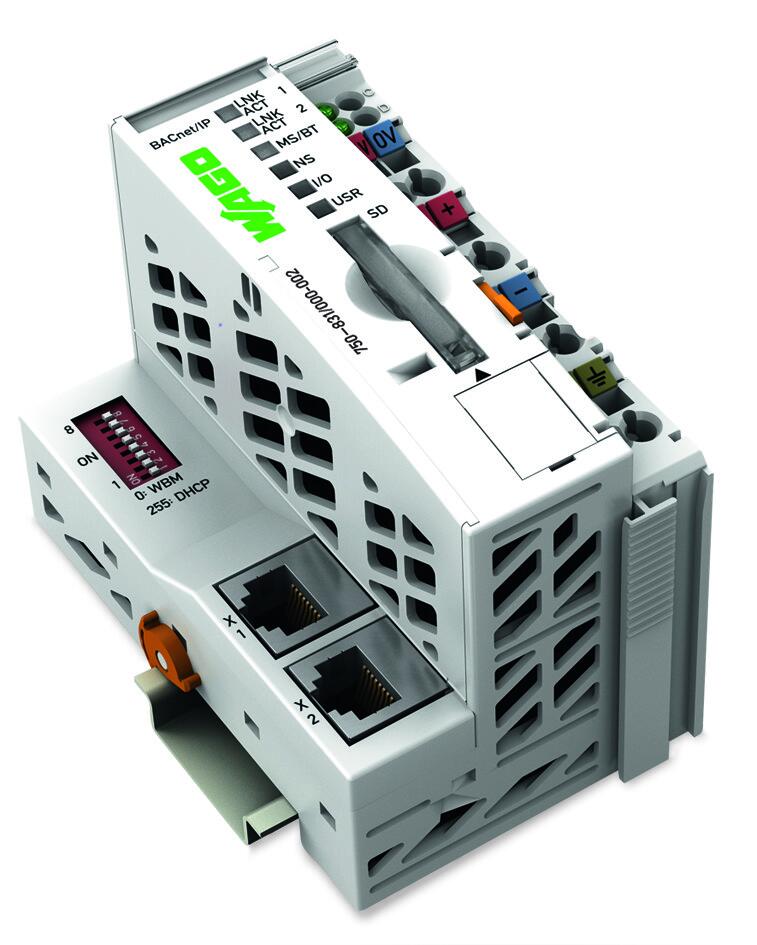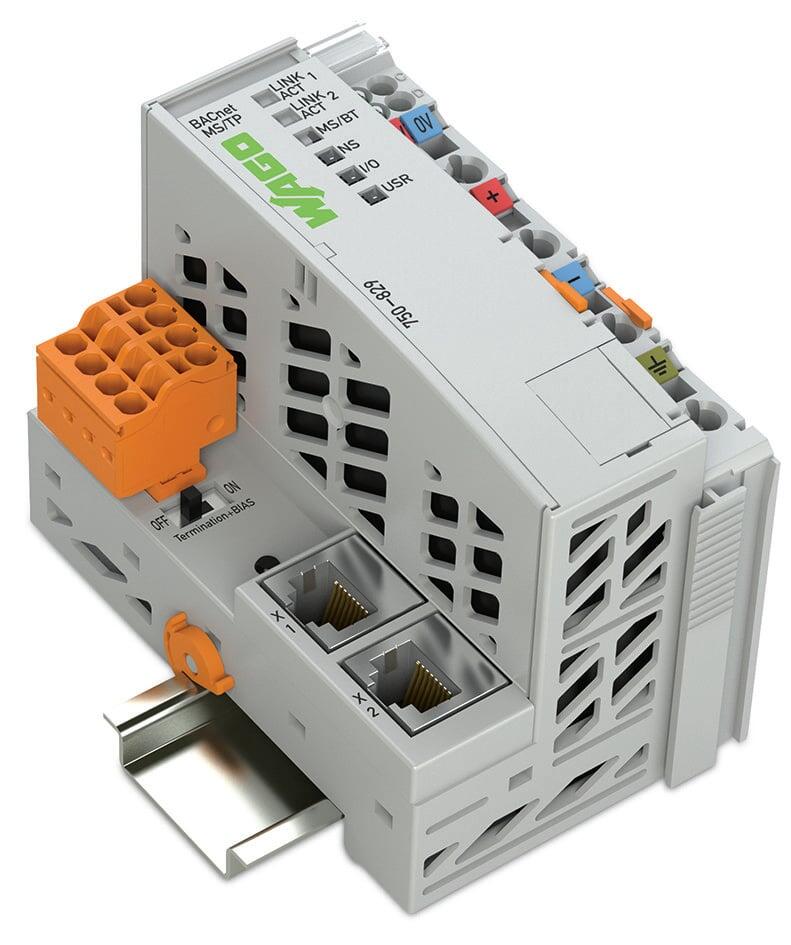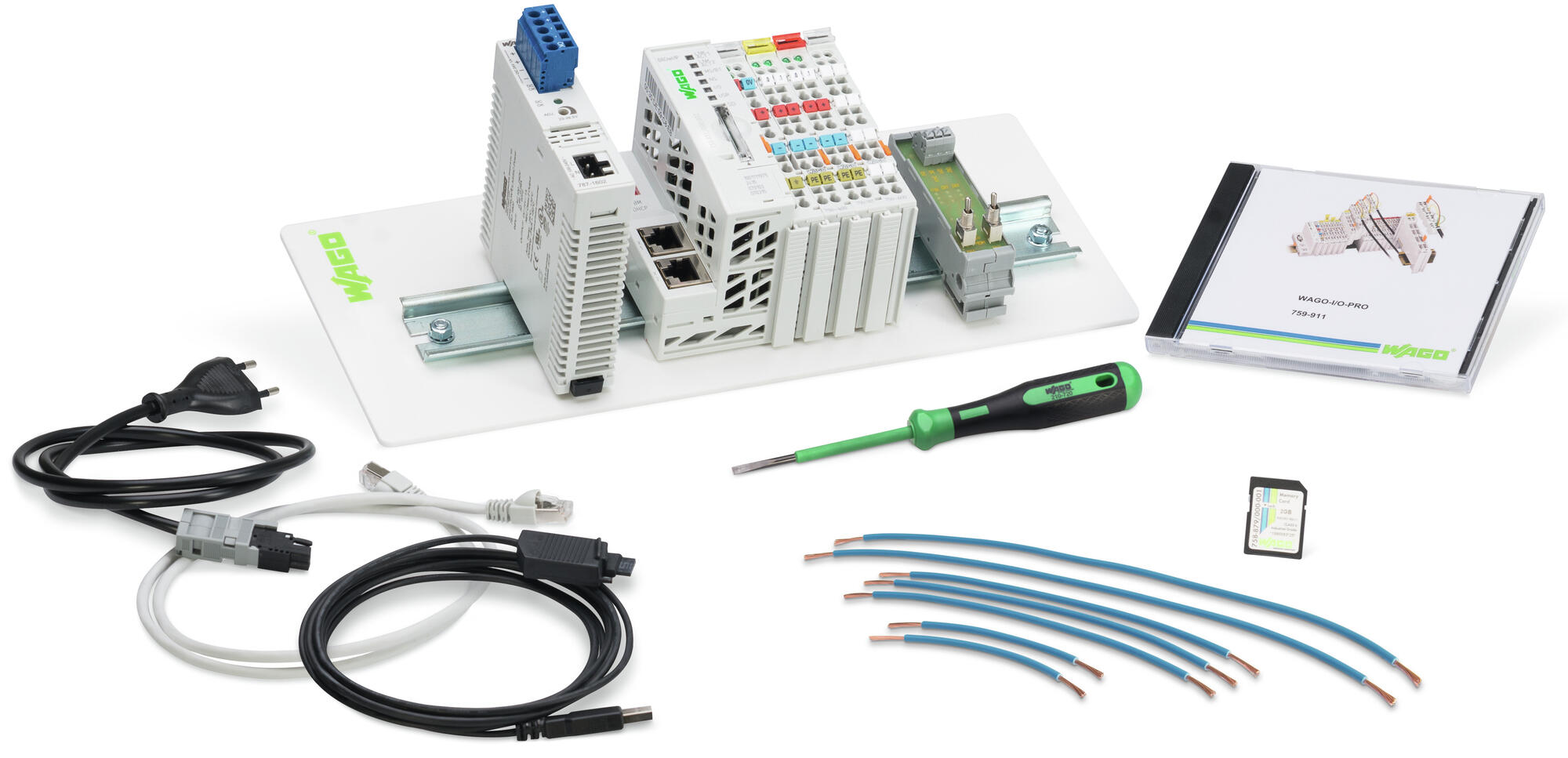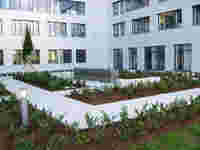A Beacon for Eastern Westphalia
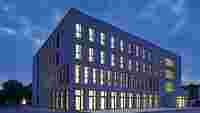
Constructing a building is not always a smooth process. A construction site often involves a lot of different specialized planners and tradesmen, and communication and coordination among them is not always optimal.
One reason for these difficulties is the rules for tendering bids, since the individual construction services are usually assigned throughout the course of a project. Thus, some companies only arrive on site once others have already left, making collaboration between the different trades more difficult. The Bielefeld University of Applied Sciences, as the owner-occupant, and Bau- und Liegenschaftsbetrieb NRW (BLB NRW), a property management and construction company, took a new approach in the construction of the university building on the Minden campus. “In contrast to previous approaches, we met with all the planners at the same time to create a common base for optimal solutions,” explains Oliver Wetter, Dean of the Minden campus. The cooperation paid off: After 22 months of construction, BLB NRW completed the new building on schedule and within the 14 million euro budget – no small achievement for a construction project of this magnitude.


